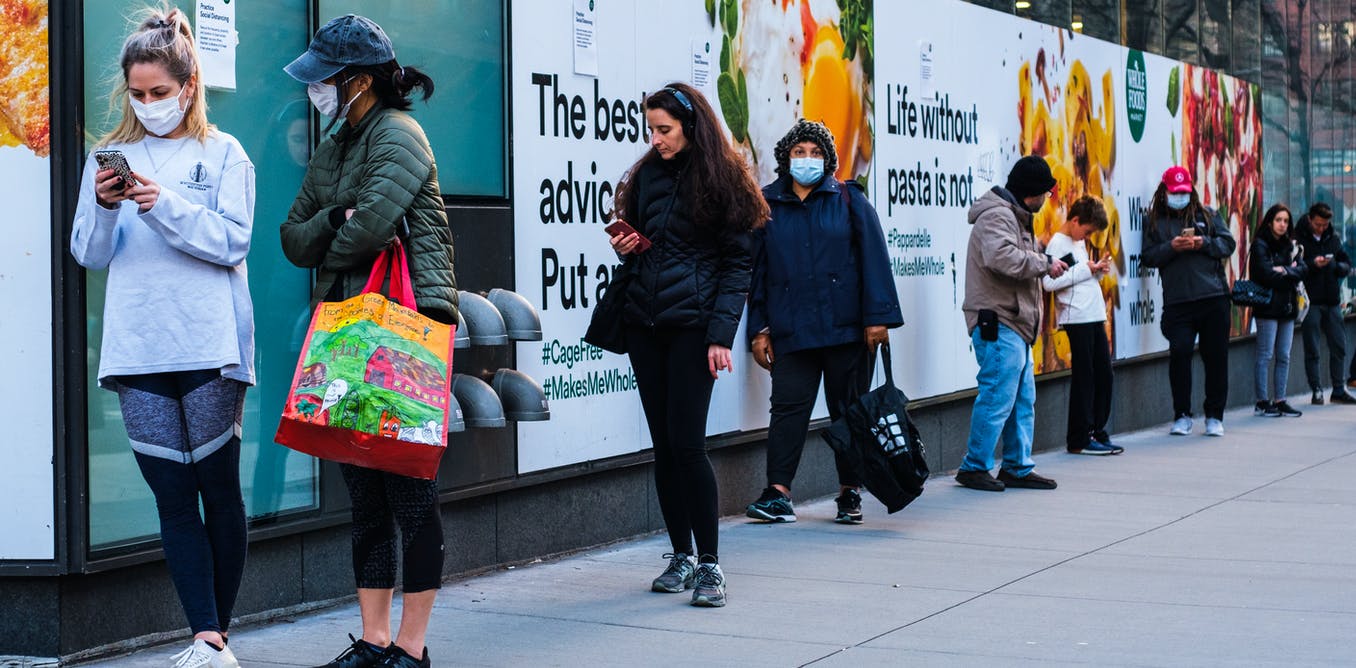I'm not as optimistic about the hospitalisation data as all that.
Looking at the data for Scotland only, the hospitalisation rate per case has definitely dropped significantly, and that is great news... but...
If you look at the 7-day average of both cases and hospitalisations (delayed by a week) for the peak of the second wave, you get the 'hospitalisations per case' rate. If you do the same with the current numbers, you get a lower rate - and that is the good news.
The bad news is that the ratio of these two rates is about 3:1. In other words, vaccines and immunity are seemingly cutting hospitalisations by 2/3rds. That's huge... but it is not massive.
At the current rate of increase in cases, Scotland will be looking at 3x more cases per day than the peak of the 2nd wave
by the end of next week... and, unlike the 2nd wave peak, there's no plan to lock down again. Indeed, the peak of the 2nd wave happened well after full lockdown was reimposed across the entire country. Not so this time around.
That being the case, and with a week delay between cases and associated hospitalisations, we could well be back to 150-200 hospital admissions per day in around two weeks' time.
The data I'm looking at is here:



